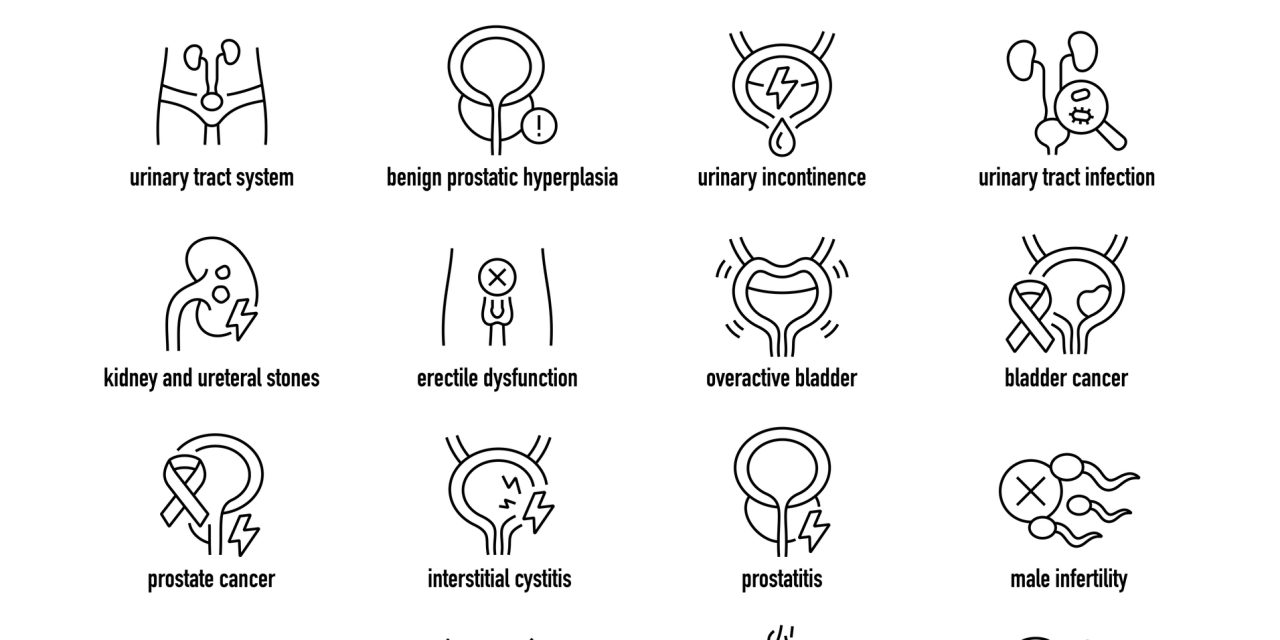To prospectively investigate early and consecutive changes of lower urinary tract symptoms (LUTS), specifically storage symptoms after holmium laser enucleation of the prostate (HoLEP).
Patients referred for HoLEP completed the International Prostatic Symptom Score (IPSS) the day before, at discharge, and 1, 2, 3, 4, 6, 8, 12, 16, 20, 24, and 52 weeks after HoLEP. Total IPSS was stratified into mild (score 0-7), moderate (8-19), and severe (20-35) LUTS. Storage symptoms were sub-stratified into storage “negative” and “positive”. IPSS changes served as the main postoperative outcome. Mixed linear models identified risk factors affecting postoperative recovery of LUTS.
Between December 2010 and 2012, 144 consecutive HoLEP patients were prospectively included in the study. Preoperatively 57.6% of the cohort reported severe storage symptoms (mean total IPSS: 22.6 ± 5.0). Total IPSS decreased significantly immediately after surgery (p < 0.001). Patients with severe LUTS, storage-positive sub-score, and high maximum urinary flow rate were affected by a rebound of mainly storage symptoms 6-8 weeks after HoLEP and prolonged recovery from LUTS. Of these, about 7.4% presented persisting urge complaints. Finally, 12 weeks following HoLEP, the vast majority of patients were symptom-free. Limitations of this study include missing urodynamic workup and a comparative patient cohort.
Immediately after HoLEP, patients experience a significant decrease of LUTS. Continuous symptom recovery seems to be hampered in patients with severe and storage-positive baseline symptoms. (De-novo) storage symptoms slightly affect postoperative recovery. Quality of life is restored to a stable and significantly improved status 3 months after surgery.
Super early detailed assessment of lower urinary tract symptoms after holmium laser enucleation of the prostate (HoLEP): a prospective study.


